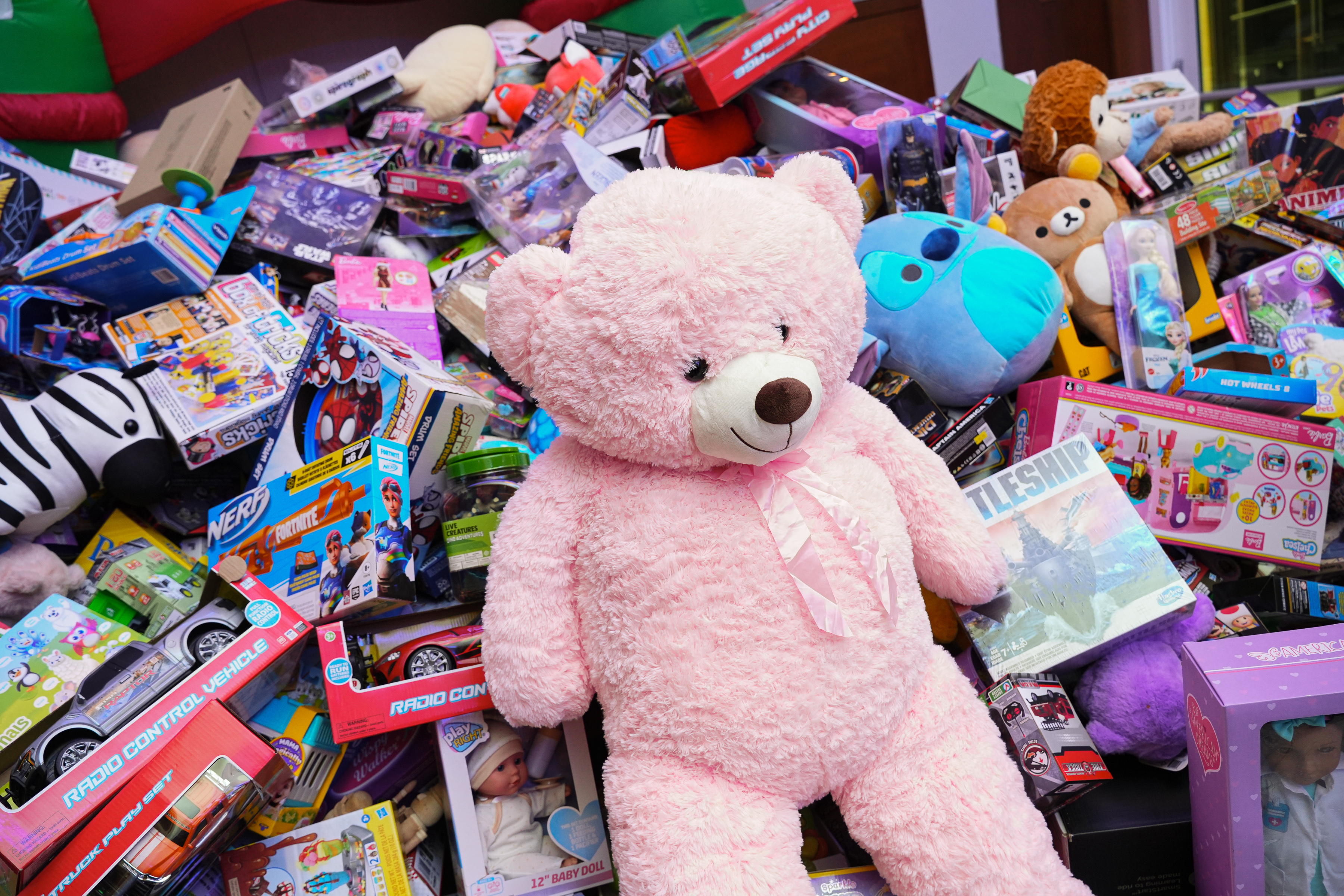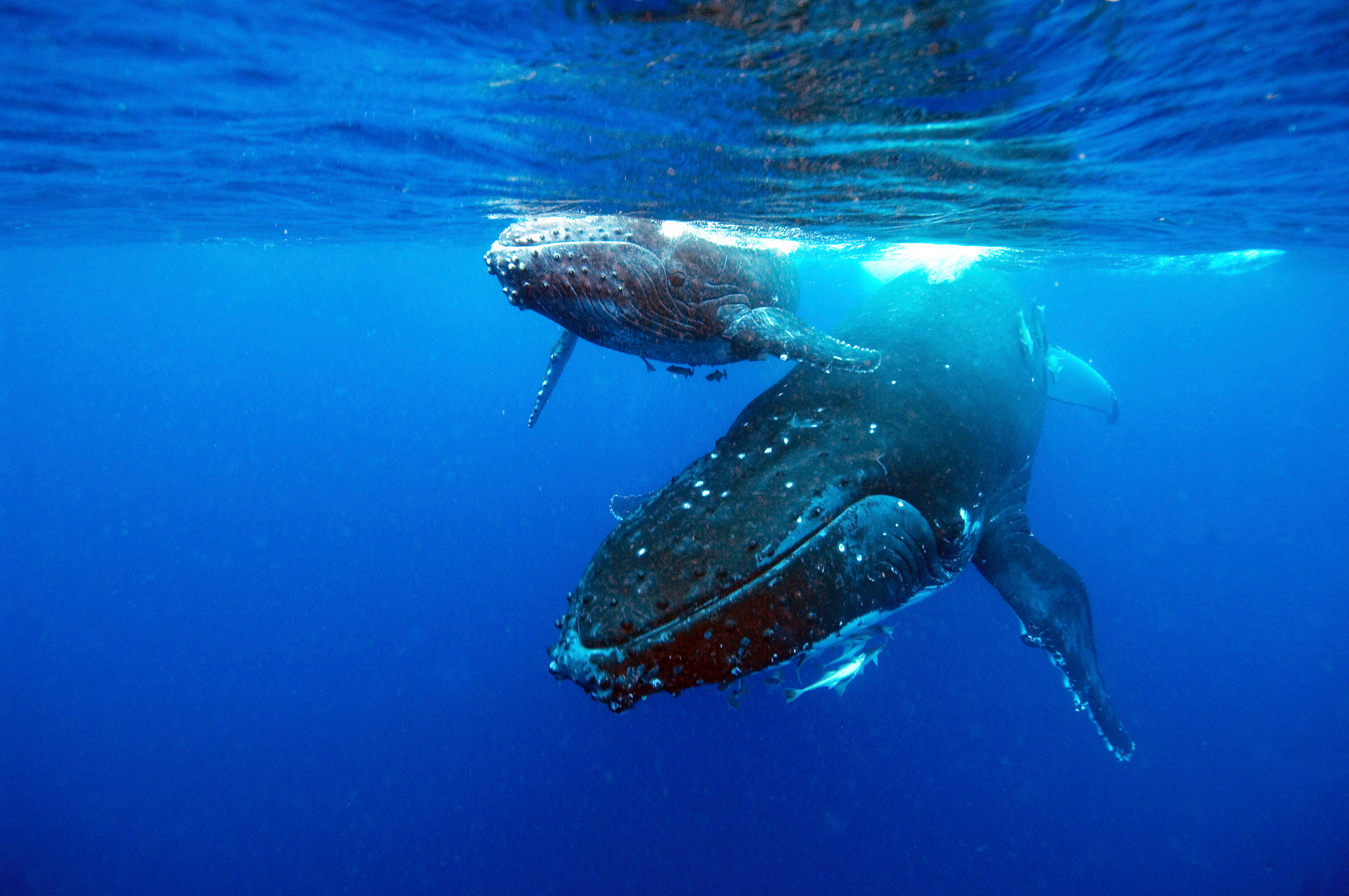The week's good news: March 30, 2023

- 1. Woman reunited with camera 13 years after it fell into a river
- 2. India celebrates birth of 4 cheetah cubs: 'A momentous event'
- 3. Study: Glass beads on the moon's surface may hold water astronauts could use
- 4. Community members are banding together to keep their pubs open
- 5. Renewable energy surpassed coal, nuclear power in U.S. in 2022

1. Woman reunited with camera 13 years after it fell into a river
While fishing in Colorado's Animas River on March 14, Spencer Greiner found something unexpected: a rusted digital camera. Greiner took it home, and was shocked to discover the SD card could still be read by a computer. The pictures that popped up were from a bridal shower and wedding, "and I figured it was worth a go to try and find the owner," Greiner told Today. Not even an hour after posting some of the photos on a local Facebook page, the groom from the wedding commented, and soon, Greiner was connected with the camera's owner: Arizona resident Coral Amayi. Amayi lost the camera in 2010, when the tube she was in on the Animas River flipped over. She was devastated by the loss, and told Today she "got up and was dancing" after hearing from Greiner.
2. India celebrates birth of 4 cheetah cubs: 'A momentous event'
Big cats are back. In the 1950s, India saw a local extinction of cheetahs, with the animals no longer found in the wild due to hunting, habitat loss, and a lack of prey. Over the last few decades, the country attempted to reintroduce cheetahs, and finally in 2022, eight cheetahs from Namibia were brought to India, followed by 12 more from South Africa. On Wednesday, officials at the Kuno National Park Wildlife Sanctuary spotted four cheetah cubs, born likely last week to Siyaya, one of the cheetahs from Namibia. The cubs and Siyaya are healthy and doing well, the Press Trust of India says. This is "a momentous event," India's environment minister, Bhupender Yadav, tweeted, and he congratulated "the entire team of Project Cheetah for their relentless efforts in bringing back cheetahs to India and for their efforts in correcting an ecological wrong." It's estimated there are about 7,000 cheetahs in the wild, with most in Africa.
The Week
Escape your echo chamber. Get the facts behind the news, plus analysis from multiple perspectives.

Sign up for The Week's Free Newsletters
From our morning news briefing to a weekly Good News Newsletter, get the best of The Week delivered directly to your inbox.
From our morning news briefing to a weekly Good News Newsletter, get the best of The Week delivered directly to your inbox.
3. Study: Glass beads on the moon's surface may hold water astronauts could use
Scientists are over the moon about tiny glass beads found in lunar soil samples. In a study published Monday in Nature, researchers say these beads on the moon's surface potentially hold billions of tons of water, which once extracted could be used by astronauts during lunar missions. "This is one of the most exciting discoveries we've made," Mahesh Anand, a professor of planetary science and exploration at the Open University, told The Guardian. "With this finding, the potential for exploring the moon in a sustainable manner is higher than it's ever been." The beads, measuring less than a millimeter across, were found in soil samples collected by the Chinese Chang'e-5 mission. Researchers said these beads likely form when asteroids slam into the moon. "If you can extract the water and concentrate it in significant quantities," Anand said, "it's up to you how you utilize it."
4. Community members are banding together to keep their pubs open
In communities across Australia, more and more residents are coming together to buy their local pubs, ensuring these vital parts of their neighborhoods stay open. Pubs are where "people come to celebrate, where they come to commiserate, and all of the things in between," Kimberley Malcolm of the Australian Hotels Association Victoria told Australia's ABC News. That's why when the Railway Hotel in Dingee couldn't find a buyer last year, 20 local residents purchased it. "We could see that taking ownership of the pub was really important, or it would be no pub, no town," co-owner Matt Bowles said. Running a pub can be time-consuming and expensive, and sharing the duties and financial burdens makes it easier. Since re-opening in June, Railway Hotel bar manager Suzi Shand said she's met "many a grown man sitting at the bar of the pub nearly in tears because they're so overwhelmed with joy that the pub has reopened — just like it was back in the day."
A free daily email with the biggest news stories of the day – and the best features from TheWeek.com
5. Renewable energy surpassed coal, nuclear power in U.S. in 2022
Power generated from renewable sources, mostly solar and wind power, surpassed coal-fired generation for the first time in 2022 and nuclear energy for the second year in a row, the U.S. Energy Information Administration said Monday. The rise was driven by wind and solar, which grew to a combined 14 percent in 2022 from 12 percent in 2021; hydroelectric (6 percent), biomass, and thermal power (each less than 1 percent) made up the rest of renewable power generation. Coal accounted for 20 percent last year from 23 percent in 2021, while nuclear fell to 19 percent from 20 percent. Natural gas was the largest source of power generation at 39 percent, from 37 percent in 2021. Now the U.S. has to decide how to transform the grid, designed for consistent streams of energy, so it can store and transmit intermittent solar and wind power.
Catherine Garcia has worked as a senior writer at The Week since 2014. Her writing and reporting have appeared in Entertainment Weekly, The New York Times, Wirecutter, NBC News and "The Book of Jezebel," among others. She's a graduate of the University of Redlands and the Columbia University Graduate School of Journalism.
-
 Homes with great fireplaces
Homes with great fireplacesFeature Featuring a suspended fireplace in Washington and two-sided Parisian fireplace in Florida
-
 Is $140,000 the real poverty line?
Is $140,000 the real poverty line?Feature Financial hardship is wearing Americans down, and the break-even point for many families keeps rising
-
 Film reviews: ‘The Secret Agent’ and ‘Zootopia 2’
Film reviews: ‘The Secret Agent’ and ‘Zootopia 2’Feature A Brazilian man living in a brutal era seeks answers and survival and Judy and Nick fight again for animal justice
-
 The week's good news: Jan. 18, 2024
The week's good news: Jan. 18, 2024Feature It wasn't all bad!
-
 The week's good news: Jan. 11, 2024
The week's good news: Jan. 11, 2024Feature It wasn't all bad!
-
 The week's good news: Jan. 4, 2023
The week's good news: Jan. 4, 2023Feature It wasn't all bad!
-
 The week's good news: Dec. 21, 2023
The week's good news: Dec. 21, 2023Feature It wasn't all bad!
-
 The week's good news: Dec. 14, 2023
The week's good news: Dec. 14, 2023Feature It wasn't all bad!
-
 The week's good news: Dec. 7, 2023
The week's good news: Dec. 7, 2023Feature It wasn't all bad!
-
 The week's good news: Nov. 30, 2023
The week's good news: Nov. 30, 2023Feature It wasn't all bad!
-
 The week's good news: Nov. 16, 2023
The week's good news: Nov. 16, 2023It wasn't all bad!
